Observation projects
 TRANSIT TIMING FOR EXOPLANETS
TRANSIT TIMING FOR EXOPLANETS
Planets similar to Jupiter in mass and radius and with orbital periods shorter than 10 days – so called hot Jupiters – constitute a relatively small group of planetary systems. An interesting aspect of such planets is that they are usually not observed in compact planetary systems and other nearby planets do not accompany them. The question of the occurrence rate of such planetary configurations is challenging for theories of formation and evolution of planetary systems, and remains open.
Researchers: dr Gracjan Maciejewski, prof. dr hab. Andrzej Niedzielski
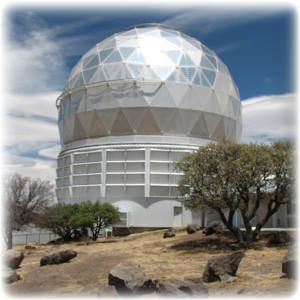 PENSSYLVANIA-TORUŃ PLANET SEARCH (PTPS)
PENSSYLVANIA-TORUŃ PLANET SEARCH (PTPS)
Pennsylvania-Toruń Planet Search (PTPS) aims at detection of planets around 885 evolved stars: 515 giants, 238 subgiants and 132 dwarfs. The project is a result of collaboration of our group with prof. Alexander Wolszczan (PennState). Up to now 22 planetary systems have been detected around other stars.
The group involves: A. Niedzielski, A. Wolszczan, M. Adamów, K. Kowalik, G. Maciejewski, B. Deka-Szymankiewicz
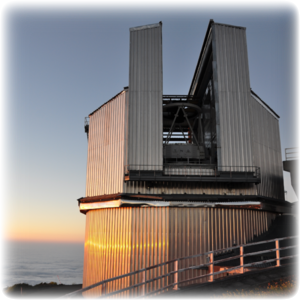 TRACKING ADVANCED PLANETARY SYSTEMS WITH HARPS-N (TAPAS)
TRACKING ADVANCED PLANETARY SYSTEMS WITH HARPS-N (TAPAS)
Tracking Advanced Planetary Systems with Harps-N (TAPAS) is a project aiming at detection of exoplanets around selected 100 PTPS targets through intense monitoring with Harps-N at Telescopio Nazionale Galileo. The project is a collaboration with a Spanish partner.
Participants: A. Niedzielski, E. Villaver, A. Wolszczan, M. Adamów, G. Maciejewski, B. Deka-Szymankiewicz
 OPTICAL LINEAR POLARIMETRIC SURVEY OF WHITE DWARFS
OPTICAL LINEAR POLARIMETRIC SURVEY OF WHITE DWARFS
We perform a visual linear polarimetric survey of white dwarfs. The aim of our work is twofold: (i) to perform a statistical analysis of the linear polarization properties of white dwarfs sample and (ii) to provide observers with new faint linear polarimetric standard sources.
We present results of the optical linear polarimetric survey of 101 white dwarfs (WDs) performed in R band with the RoboPol polarimeter. Our study shows that highly linear polarized white dwarfs are very rare. Moreover, we found that the median polarization degree of isolated DA WDs and DB WDs are similar but lower than the median polarization of isolated DC WDs. The DB WDs in binaries seem to be more polarized than binaries containing DA+dM or double degenerated systems (DDSs) with DA component. Additionally, we measured for the first time, the linear optical polarization of both components in two common proper motion binary systems (CPMBs): WD1336+123 and the Sirius-like system WD2129+000.
Because the vast majority of WDs have very low polarization degree, on the level of less than 0.5%, they can be used as faint linear polarization standards in the magnitude range from 13 up to 17 of SDSS r filter. They cover the Northern sky between 13 h to 23 h in the right ascension and from -11 to +78 degrees in the declination.
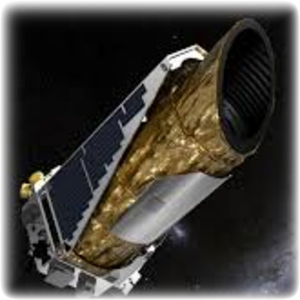 POLARIMETRIC SURVEY OF STARS WITH PLANETARY SYSTEMS
POLARIMETRIC SURVEY OF STARS WITH PLANETARY SYSTEMS
The study of physics of extrasolar planets is already 25-years old, but an unquestionable breakthrough in this science field was the launch of the Kepler Space Telescope. It turned out that many of the stars have not only one planet, but even their planetary systems. These systems contain, in addition to planets, smaller objects similar to those observed in the Solar System (asteroid belt, Kuiper belt, Oort cloud). If so, one can expect that some of these systems have so-called debris disks, i.e. dusty remnants of the formation of planets from protoplanetary disks. The main goal of the project is to search for debris disks around main-sequence stars in the Kepler field which host planetary systems and check whether there is the relation between stellar polarization degree and the physical or orbital properties of these systems. In addition, we will analyse the impact of the interstellar medium observed in the Kepler field direction on the polarization degree of stars.
For this purpose, we have been using the following optical telescopes equipped with polarimeters: 1.5-m RTT150 (Turkey), 2-m telescope in Rozhen (Bulgaria) and 60-cm T60 telescope at Haleakala (Hawaii, USA). We are planning to involve into our studies other telescopes equipped with polarimeters operating both in optical and infrared range.
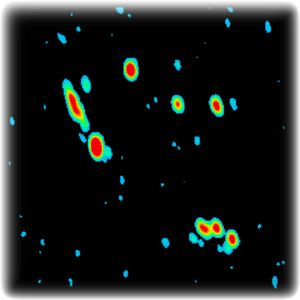 TORUŃ METHANOL SOURCE CATALOGUE (TMSC)
TORUŃ METHANOL SOURCE CATALOGUE (TMSC)
The Torun Methanol Source Catalogue (TMSC) contains 284 methanol maser sources at 6.7 GHz observed over a period of two months with the Torun 32 m radio telescope. It provides methanol spectral line data with an angular resolution of 5.5 arcmin and a spectral channel spacing of 0.043 km/s. A typical rms noise in the Stokes I spectra is ~0.2 Jy. TMSC represents a complete sample of all objects north of declination of δ = −22 deg and brighter than 7.5 Jy at peak. The positions of sub-arcsecond accuracy are updated for 76% of the objects.
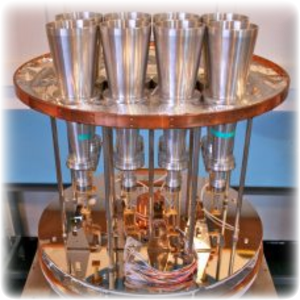 ONE-CENTIMETRE RECEIVER ARRAY (OCRA)
ONE-CENTIMETRE RECEIVER ARRAY (OCRA)
OCRA (One Centimeter Receiver Array) is a set of differential, 30-GHz, broadband receivers, installed in the focal plane of the 32-m radio telescope. OCRA-p is a two-beam prototype system available since winter 2004, and OCRA-F is an 8-beam array, installed in December 2009. For an assumed noise level using multi-beam systems enables to map any given patch of the sky with less observational time. The two receivers were built at the University of Manchester, although some of the system components (such as parts of back-end modules, absorber as well as data acquisition and control software) were developed in Toruń Centre for Astronomy of the Nicolaus Copernicus University. The parameters and operation scheme of the receivers were described in details in two PhD theses (“Simulations and Observations of the Microwave Universe“, and “The One Centimeter Receiver Array Prototype – Evaluation, Operation and future steps”).
OCRA has been used in a number of scientific projects. Since 2016 it has been mostly used to observe Sunyaev–Zel’dovich effects in selected galaxy clusters.
Publications: List of OCRA publications
Documentation:
- “OCRA calibrations” – B. Lew (2016/1, local access)
- “OCRA-SZ – user’s reference (PL)” – B. Lew (2016, local access)
ARCHIVAL OBSERVATIONAL PROJECTS
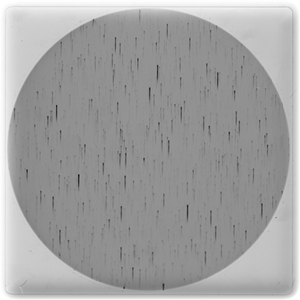 ONLINE REPOSITORY OF RAW ASTRONOMICAL DATA
ONLINE REPOSITORY OF RAW ASTRONOMICAL DATA
The Astronomical Observatory of the Nicolaus Copernicus University in Piwnice near Toruń, founded in 1947, collected about 12,000 historical photographic plates containing the results of astronomical observations fixed on photosensitive materials (on glass plates and celluloid films). These materials were collected by astronomers from the NCU in the period from the WW2 to the 1990’s using optical telescopes in the observatory: the historic Draper’s astrograph, 90 cm Schmidt-Cassegraine Telescope with prisms (TSC) or Copernicus Canadian Spectrograph (CCS) and so-called small Schmidt Camera (KS) with objective prism. They were initiated by prof. Władysław Dziewulski and prof. Wilhelmina Iwanowska, constituting original and unique research achievements of several generations of astronomers from Toruń. Photographs of sky recorded on films are a very rich source of valuable astronomical data of a timeless value that can be used in research by Polish and international scientific teams.
 SOLAR OBSERVATIONS
SOLAR OBSERVATIONS
Regular observations of the Sun at 127 MHz started at TRAO (then a section in the Astronomical Observatory) in 1958 with a single dish, 12 m in diameter. Later, since 1960, an interferometer of 23 m long baseline was used for the purpose. The main objective of this patrol is to measure the intensity of the continuum radio emission. However some distinctive events (bursts of radiation) produced by the active Sun are also measured. This frequency (127 MHz) is one of the lowest systematically reported, and now the collected data constitute certainly the longest series at such a low frequency.
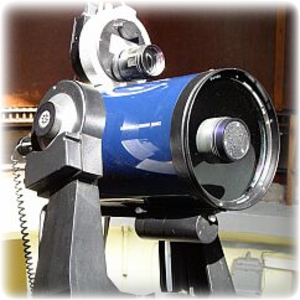 SEMI-AUTOMATIC VARIABILITY SEARCH (SAVS)
SEMI-AUTOMATIC VARIABILITY SEARCH (SAVS)
The Semi-Automatic Variability Search (SAVS) was a photometric CCD sky survey aimed at discovering new variable stars in the northern hemisphere. The survey started in spring of 2002 and run until 2006. More than 190 variable stars were discovered.
Researchers: dr Gracjan Maciejewski, mgr Marcin Lewandowski, prof. dr hab. Andrzej Niedzielski
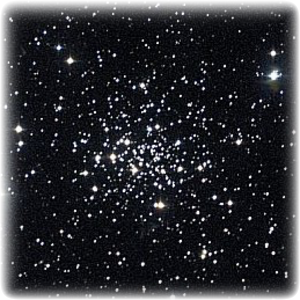 OPEN CLUSTERS SURVEY (OCS)
OPEN CLUSTERS SURVEY (OCS)
The Open Clusters Survey (OSC) was a scientific programme aimed at comprehensive studies on neglected open clusters. Relations between astrophysical parameters parametrising the structure, dynamics and evolution state of open clusters were investigated with statistical methods. Open cluster were also searched for new variable stars.
Researchers: dr Gracjan Maciejewski, prof. dr hab. Andrzej Niedzielski
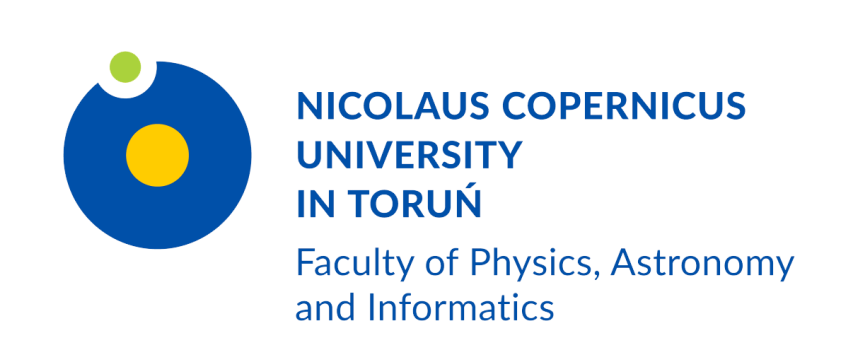
 Piwnice k. Torunia, 87-148 Łysomice
Piwnice k. Torunia, 87-148 Łysomice